Why maca must be dried before you consume it
Despite being a close relative to our common garden radish the Incan people never really consumed maca fresh after harvest. When asked why not, the shamans of the region always answer ‘because she is not medicinal until she is dry’.
For this reason fresh maca (maca fresca) is used only as a source of carbohydrate, while dried maca (maca seca) is boiled and cooked into teas, porridges, soups and stews to instil therapeutic benefits to those who consume it. Science has now shown us that the Inca were correct as dry maca is actually 10x more potent than fresh maca.
Maca roots that have been naturally sun dried at altitude for 3 months.
The traditional preparation of maca involves natural air drying at altitude and takes on average 3 months to completely dehydrate the roots. The hot daytime sun and low humidity will cause the bulb to lose 60% of its weight and become a rock hard pellet. It is integral to avoid water contamination during this phase as moisture encourages growth of mould that can produce dangerous aflatoxins. Once completely dry the roots are then ready for consumption and are always boiled and cooked to unlock the medicinal components. To replicate this process for export versions of ‘gelatinised’ or ‘activated’ maca are created from pressure heating the ground up powders of dry maca. These powders are ideal for smoothies or other raw foods as they do not require cooking and can be consumed straight.
Maca is laid out under the sun to dry for 3 months after harvest.
The dry maca is 60% less in weight and 10x more bioactive.
Recent biochemical analysis of maca during the drying process has shed light behind the need to properly dry maca before consumption. Post-harvest conditions and handling of the roots induce a mixture of mechanical damage, freeze–thaw cycles and dehydration of the tissues in an environment with high irradiance, low humidity and extremes of temperature (4000m+). All of these conditions begin to breakdown and propagate the enzymatic degradation of the dominant species present in the fresh bulb – the glucosinolates (1). Several known breakdown species are formed including thiocyanates (2), benzaldehyde (6) and finally a key intermediate precursor known as benzylamine (7). The levels of benzylamine mid-drying (1.5 months) act as a key determinant of the final medicinal properties of the maca, high levels of benzylamine mid-drying mean the final maca will be more medicinal. Once formed the benzylamine begins to be consumed in a ‘heat activated’ or thermodynamic and/or enzyme induced coupling with free fatty acids in the root (9) to form a series of novel bioactive chemicals called macamides (12)(Scheme 1).
These macamides are the FAAH inhibitors that are unique to maca and provide the adaptogenic properties that maca is known for, such as endocrine regulation and hormonal balance etc. Interestingly the activation of dry maca with heat can increase benzylamine coupling and create more macamides which is why we believe the Inca always chose to cook their maca, as cooking ‘unlocks the medicine’ (creates more macamides). This is also why maca should not be consumed raw and the best way to consume maca is to cook it or buy a pre-cooked ‘activated’ form.
Scheme 1. The biochemical processes involved in the drying of maca, showing the formation of the key bioactive macamides.
Given that the drying of maca provides the biggest increase in levels of macamides (10x more) it is the single-most important step in the whole production process. As such it is integral to ensure that the maca is thoroughly dried for a minimum 3 months at altitude following traditional methods. This has become a big issue with increasing global demand for the crop as many farmers and brokers cannot wait 3 months to receive their paycheque. As such the quality of maca produced in Peru can be highly variable with our own investigation demonstrating that up to 60% of exported powders may be lacking enough macamides to be therapeutic. Without all companies standardising their macamide levels before export it is a real lucky dip as to whether or not your powder is medicinal or not. To see five key questions that you should ask before purchasing any maca powder read here.
Note: There is no upper limit with maca and everybody is different, so it is important to find your ideal dose that is right for your body, for some this may be less than the recommended for others it may be more. If you experience positive health benefits then we suggest you continue treatment at that ideal dosage. The material provided on this website is for information purposes only. It is not intended to replace medical advice or be a treatment for any medical condition. Users should consult a health professional if you have any concerns about your health, are starting any health or nutritional related treatment, or for any questions you may have regarding your own or any other party’s medical condition. Information and statements regarding dietary supplements have not been evaluated by the Food and Drug Administration and are not intended to diagnose, treat, cure, or prevent any disease.

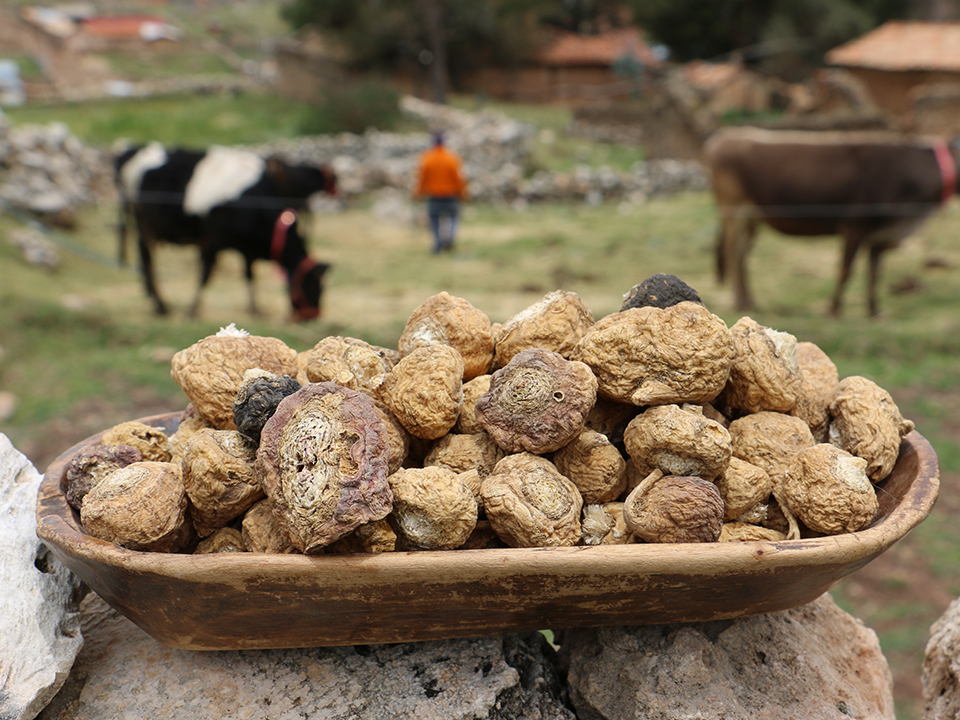
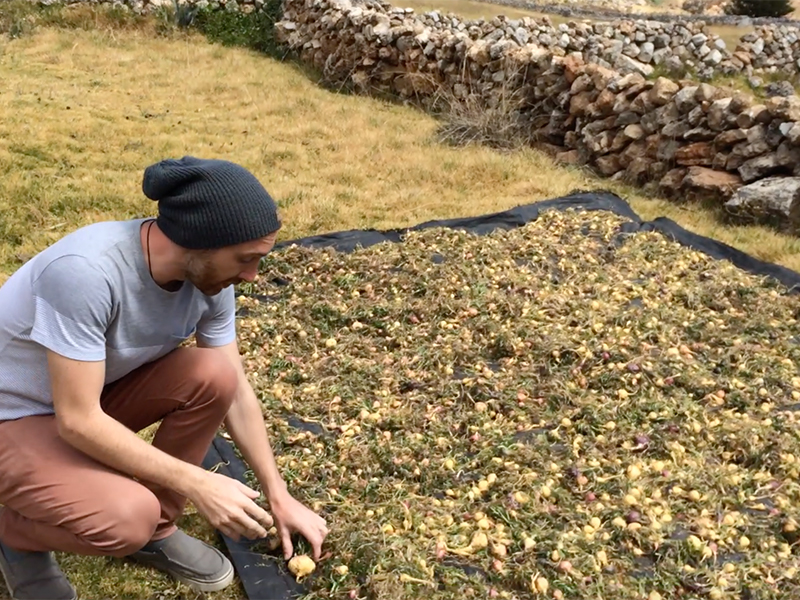
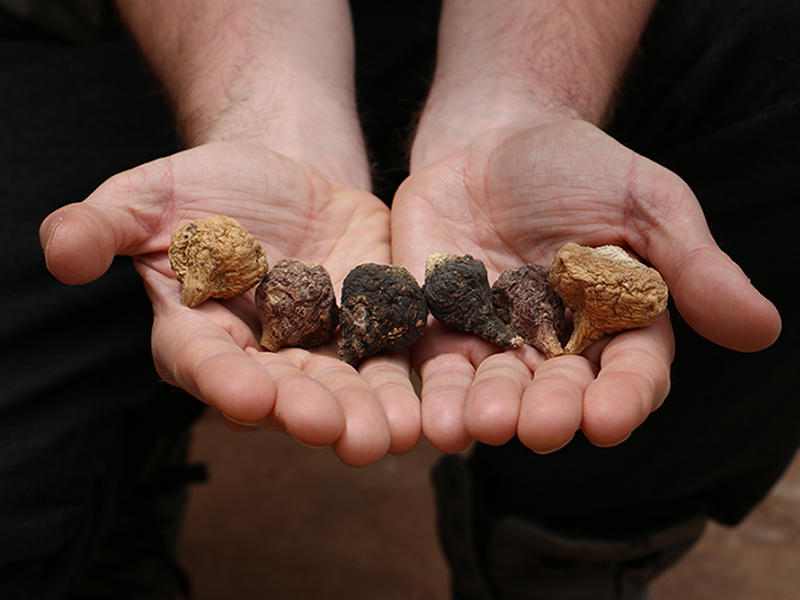
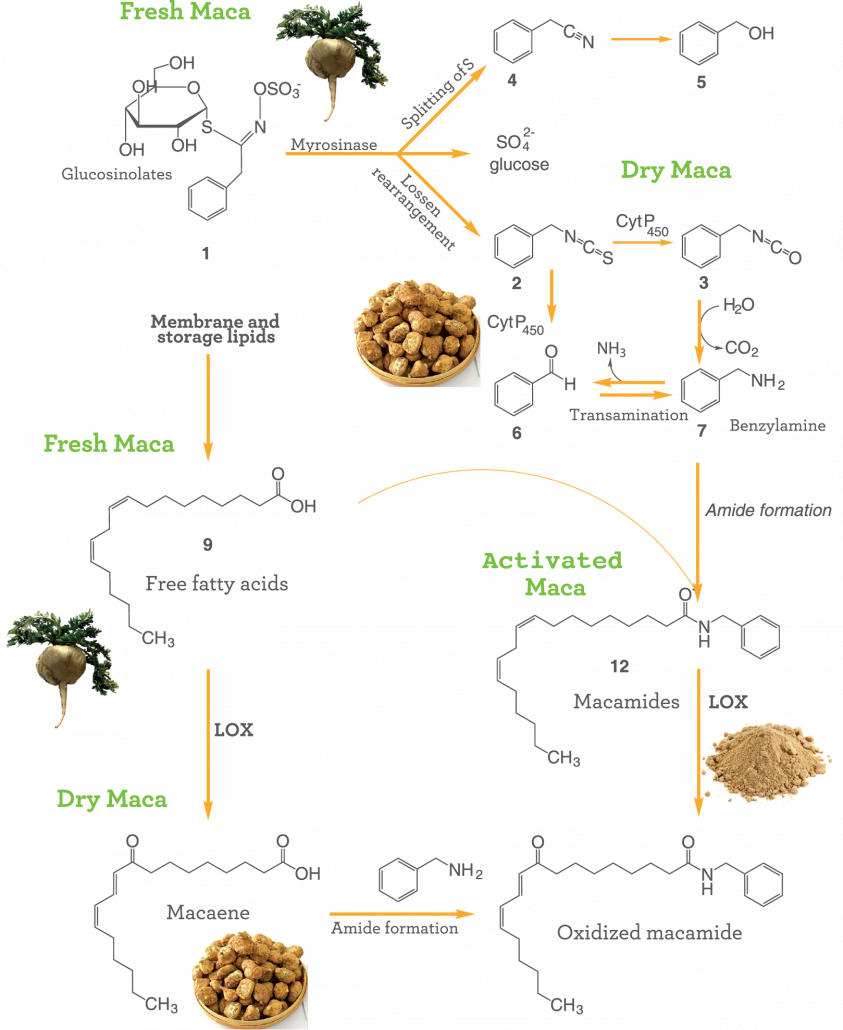
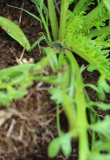
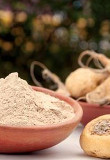
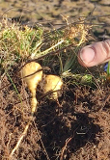
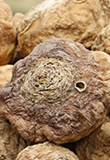
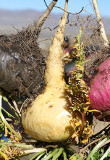
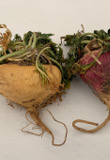


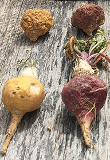
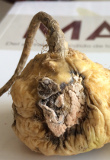
Leave a Reply
Want to join the discussion?Feel free to contribute!